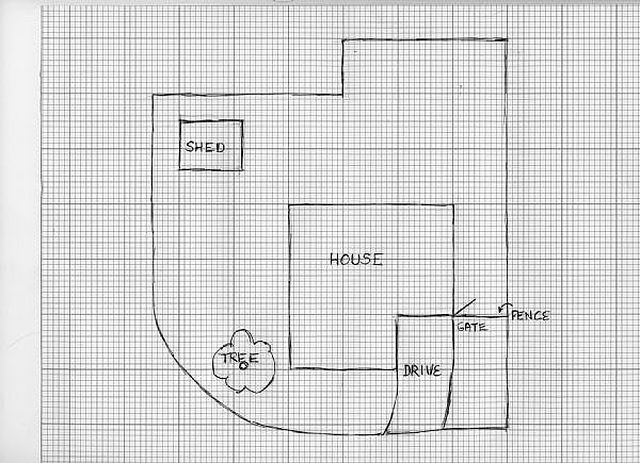Bulbs
Flower Basics
Flower Beds & Specialty Gardens
Flower Garden
Garden Furniture
Garden Gnomes
Garden Seeds
Garden Sheds
Garden Statues
Garden Tools & Supplies
Gardening Basics
Green & Organic
Groundcovers & Vines
Growing Annuals
Growing Basil
Growing Beans
Growing Berries
Growing Blueberries
Growing Cactus
Growing Corn
Growing Cotton
Growing Edibles
Growing Flowers
Growing Garlic
Growing Grapes
Growing Grass
Growing Herbs
Growing Jasmine
Growing Mint
Growing Mushrooms
Orchids
Growing Peanuts
Growing Perennials
Growing Plants
Growing Rosemary
Growing Roses
Growing Strawberries
Growing Sunflowers
Growing Thyme
Growing Tomatoes
Growing Tulips
Growing Vegetables
Herb Basics
Herb Garden
Indoor Growing
Landscaping Basics
Landscaping Patios
Landscaping Plants
Landscaping Shrubs
Landscaping Trees
Landscaping Walks & Pathways
Lawn Basics
Lawn Maintenance
Lawn Mowers
Lawn Ornaments
Lawn Planting
Lawn Tools
Outdoor Growing
Overall Landscape Planning
Pests, Weeds & Problems
Plant Basics
Rock Garden
Rose Garden
Shrubs
Soil
Specialty Gardens
Trees
Vegetable Garden
Yard Maintenance
How to Design a DIY Landscape Plan
How to Design a DIY Landscape Plan. Do you want to design your own do-it-yourself garden? Although it looks simple to plant a garden, there are some ways of making the job more efficient and more likely to succeed. Here are some tips to help you design a DIY landscape.

Do you want to design your own do-it-yourself garden? Although it looks simple to plant a garden, there are some ways of making the job more efficient and more likely to succeed. Here are some tips to help you design a DIY landscape.
Always start on paper. If you want to avoid expensive changes after installing your landscape, the most logical thing to do is sketch it out on paper first. You will see how things flow together, what looks best and what won't work. Then you can change things with the stroke of the pencil. Things can be varied when you build your DIY landscape -- a plan should be flexible -- but with a drawn-out guide, you can avoid the really expensive and labor-consuming mistakes. You can draw out your own plans or have a professional do it for you. Or you can do your own and just have them checked over by a garden designer or coach.
Make a list of what you want in your garden and how you will use it. This way you won't forget anything. Include flower beds, cutting or vegetable gardens, shade trees, patios, sports courts, paths or walkways, swimming pools, sheds, water features, walls, fences, arbors and more. Don't worry about deciding on individual plants yet.
Sketch out all the areas you want and link them together with lawns, paths, walkways and other routes of access. Remember, all areas need to be easily accessible or you won't want to use them. Make the accesses attractive, like artistically curving paths, to make your design more picturesque.
Plan on hardscape features first. Hardscapes are permanent features and include buildings, patios, pergolas and even permanent decor like bridges and ponds. Also don't forget to draw in drainage, utility areas, power supplies, irrigation and any other critical system that needs the foundation of your design.
Then follow up with trees and the largest planted areas like lawns and flower planter areas. Just rough them out. Keep in mind the angle of the sun for both shadows and shade. Continue on down to the smallest items like garden decor. You can even speck out which plants go where, or you can do that on a separate plan depending on how detailed the design layout becomes.
There are lots ideas you can find in books, magazines and on the internet for building your own garden. But you are safest to design it out on paper first. For more information on garden designs and how to design a DYI landscape plan, please check out the links under Resources listed below.